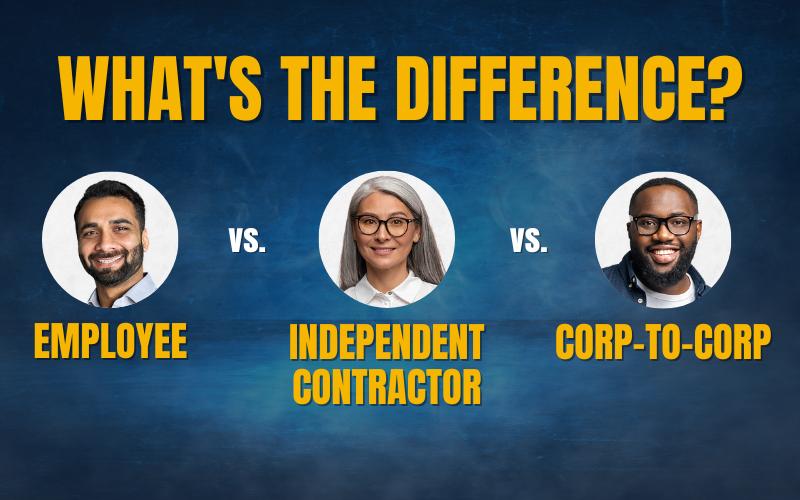Tania Fiero, PHR, SHRM-CP, Vice President, Human Resources
It’s no secret that employment laws and regulations have seen an increase in activity, most notably with the signing of the Patient Protection and Affordable Care Act. However employers have not only seen an increase at the federal level, but also at the state and local level. If your company struggles with keeping informed of these changes and you have ever wondered how companies run their compliance program, you’re not alone. I thought I’d share how we do it at Innovative Employee Solutions.
Innovative Employee Solutions (IES) currently has employees working in all 50 states. We also have over 200 clients that we service, with each having unique contractual requirements to meet. These laws, regulations and contractual requirements are important for any business to monitor as it could cost money in lawsuits, audits and the loss of a client should it not be managed properly.
IES’s compliance program consists of a proactive and reactive component.
Proactive Compliance
Our proactive compliance program is managed primarily by In-House Counsel, Hilary Hager and IES Risk Administrator, Wanda Mora. Following are some key components:
- IES Legislative Pipeline – This is a list of all federal, state and local laws and regulations that have been proposed or have been passed with an effective date. This is published on a bi-weekly basis and distributed to stakeholders at IES. The list acts as a method to keep all parties informed on how the laws and regulations impact our business and the employment relationship between our employees and our clients.
- Half Yearly Audits – Audits are conducted by legal counsel and HR to review contractual obligations, federal and state laws, agency guidelines and IES insurance coverages. The objective is to identify areas that we are not performing or are at risk. The results of these audits are shared with the IES Executive Team along with recommended corrective actions.
- Training – Compliance training is frequently calendared for our staff to include items such as FLSA exemptions and wage and hour, benefits and the Affordable Care Act, OSHA and workplace safety, co-employment concepts, discrimination and harassment training.
- Safety Program –We are members of the National Safety Council and our Risk Administrator Wanda Mora is POSH Certified. We educate our clients on OSHA standards set for the temporary staffing industry, ensure that they have safety programs in place and provide safety training at the worksite.
Reactive Compliance
No matter how strong your compliance program is, claims will still occur. There are ways to reduce or eliminate the risk of claims if handled properly.
- Employee Claims of Harassment or Discrimination – When we receive an employee claim of harassment or discrimination, our investigation starts with a phone call into the employee and then a call into our client to determine the best course of action. As co-employers, investigations are the obligations of both the staffing agency and the client. Acting promptly, and having an agreement and understanding between IES’s role and the client’s role is imperative.
- Workers Compensation Claims – As the employer of record, IES’s workers compensation covers the cost of treatment and lost wages for a workplace injury. Statistics show that getting the employee to the doctor and in connection with a case manager within 5 days of the injury reduces costs and reduces lawsuits. Our workers compensation policy requires employees to contact IES immediately upon any injury occurrence and we frequently communicate this policy to our employees.
- Agency Investigations and Lawsuits – IES takes the lead on any notices of agency investigations and lawsuits. Each require different strategies to respond sometimes with involvement of our insurance program. It is important to have sufficient insurance in place to help reduce the financial risk to your organization.
With a thorough compliance program, properly trained staff to manage the program, and strong partnerships with insurance vendors and clients, you can mitigate your risks to costly claims.






